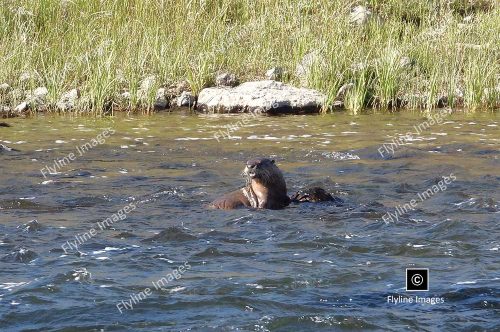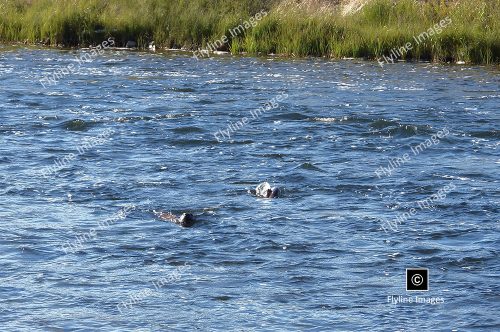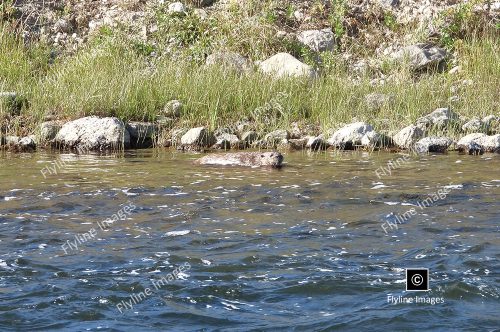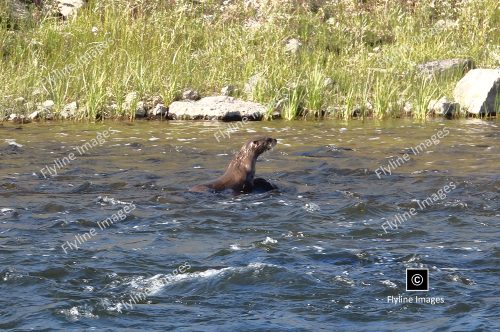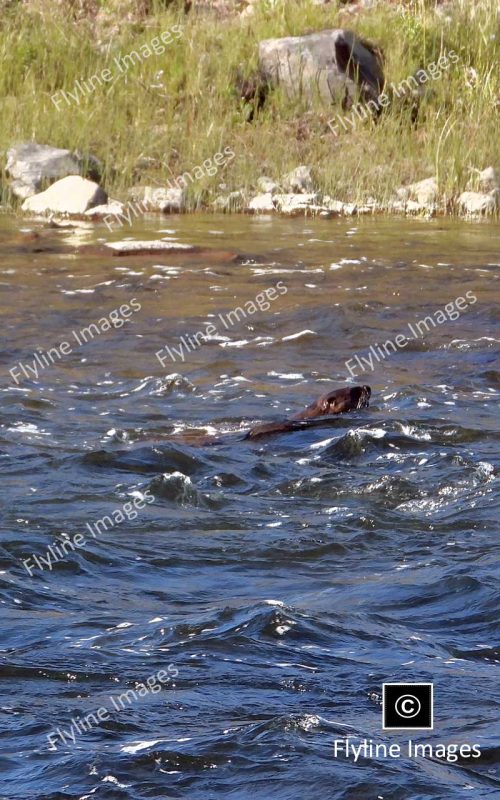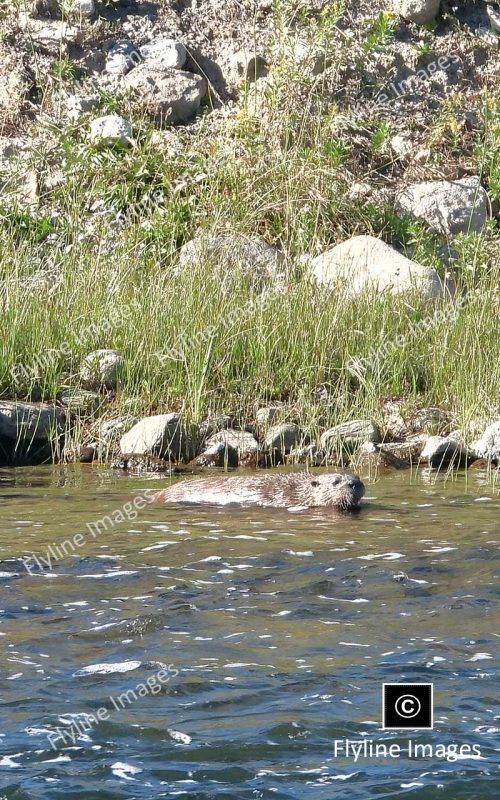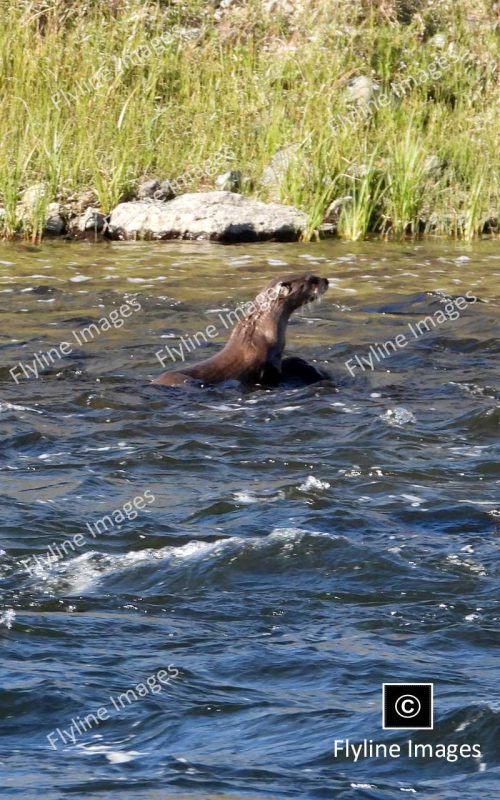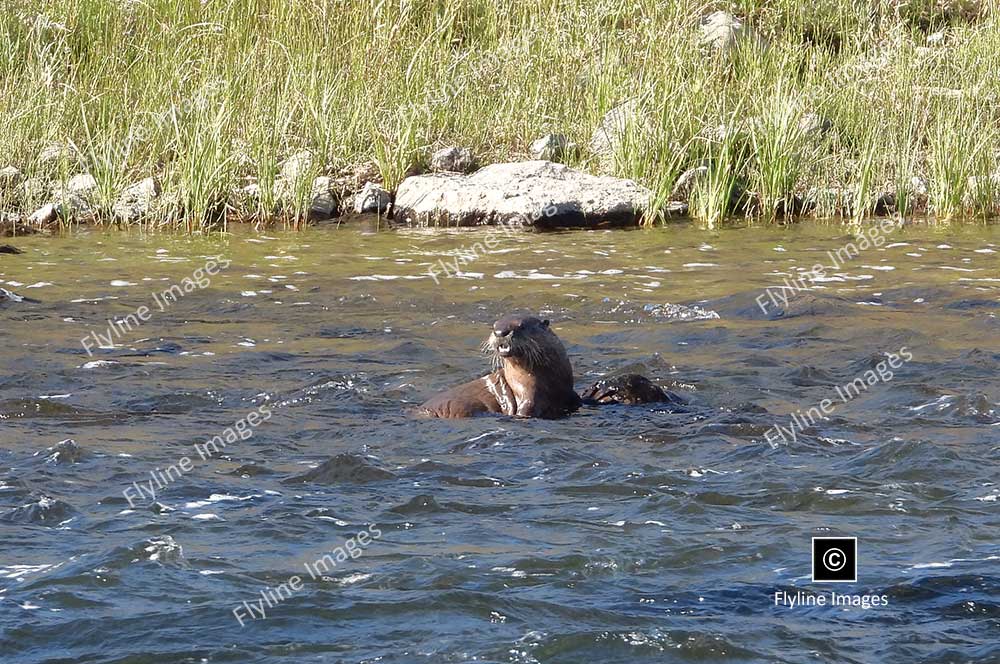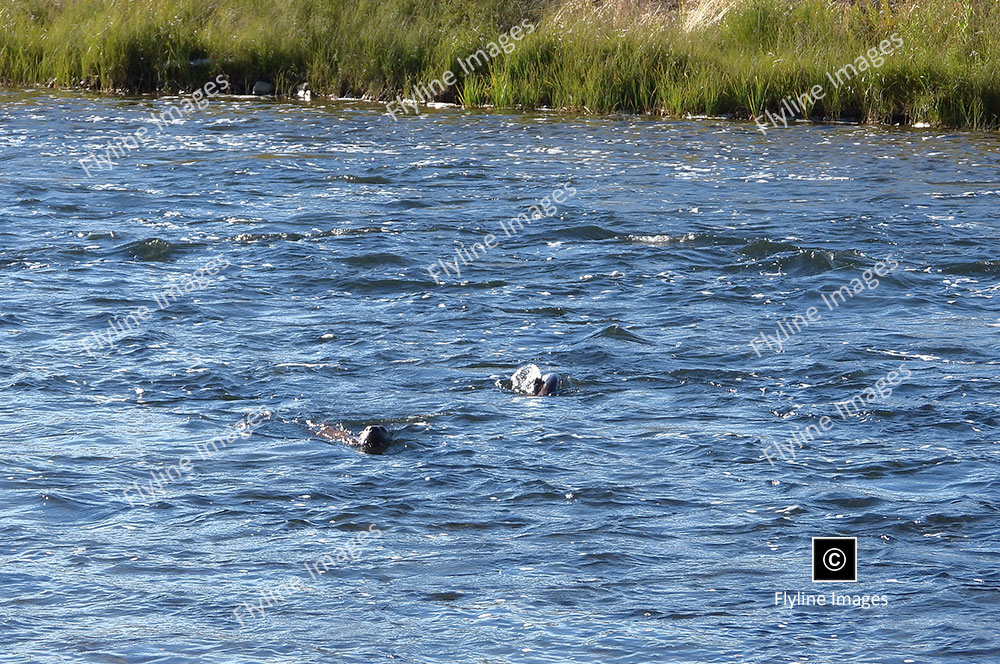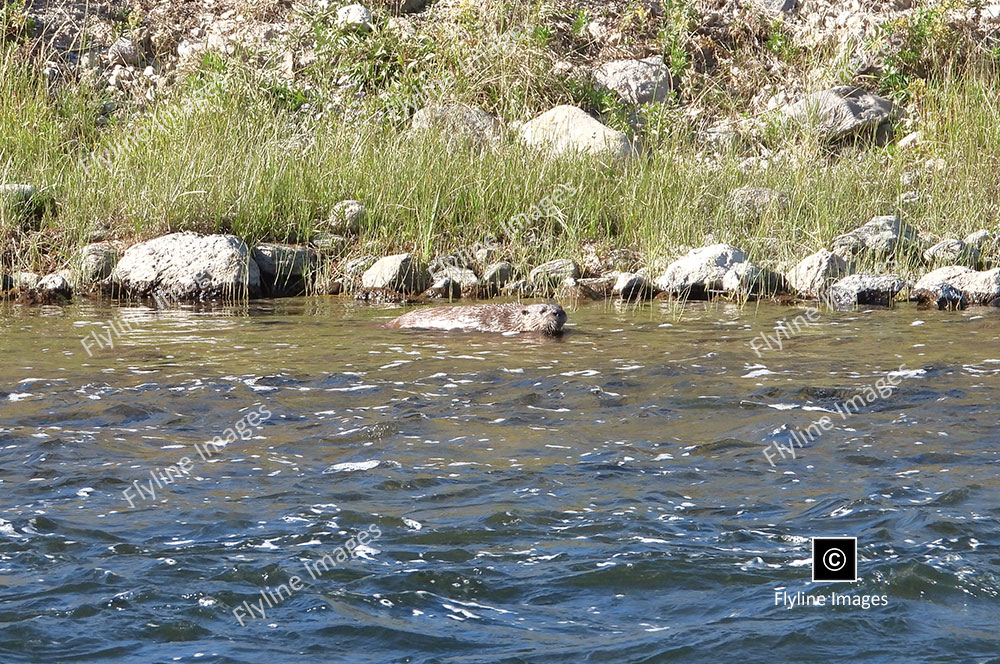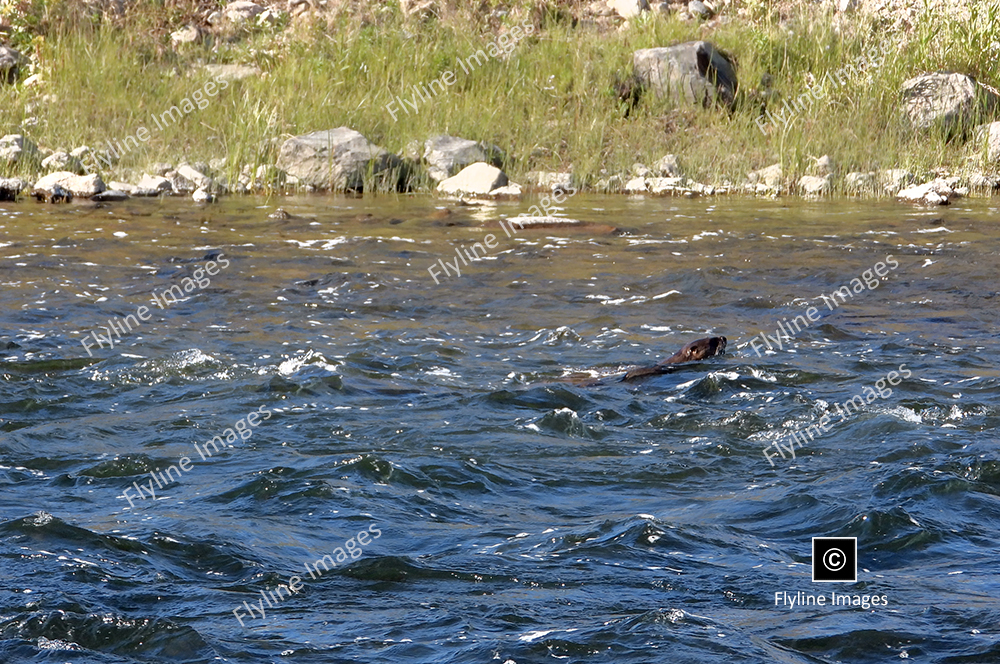River Otters
Charismatic & Playful Aquatic Creatures
River otters are a charismatic and playful species found in Yellowstone National Park, thriving in the park’s rivers and lakes. These aquatic mammals are known for their agile swimming abilities and social behavior, often seen frolicking in the water or sliding down snowbanks. River otters have thick, water-resistant fur and webbed feet, making them well-adapted to their semi-aquatic lifestyle. They primarily feed on fish, amphibians, and crustaceans, using their keen senses and dexterity to catch prey. The presence of river otters in Yellowstone is an important indicator of the health of aquatic ecosystems, as they play a vital role in maintaining the balance of their habitats.
Portrait Style Images
More About Yellowstone River Otters
River otters of Yellowstone National Park are truly fascinating creatures, known for their playful and social behaviour. These agile mammals thrive in the park’s rivers and lakes, taking advantage of both aquatic and terrestrial habitats. Characterized by their sleek bodies and webbed feet, river otters are skilled swimmers, often seen sliding down snow banks and playing in the water. Their diet primarily consists of fish, amphibians, and crustaceans, showcasing their role in the ecosystem as both predators and indicators of water quality. Observing a family of otters frolicking together is a highlight for many visitors, capturing the essence of wildlife in its most joyful form.
In addition to their ecological significance, river otters also hold cultural and historical importance. Native American tribes in the Yellowstone region have long revered these creatures as symbols of agility, curiosity, and playfulness. In fact, some tribes believed that river otters were guardians of the water and would pray before hunting them for food or fur.
Unfortunately, river otters were once nearly extirpated from Yellowstone due to overhunting and habitat destruction. However, through successful conservation efforts, their populations have rebounded. Today, they are classified as a species of least concern by the IUCN Red List.
Visitors to Yellowstone National Park may be fortunate enough to catch a glimpse of these charming animals, but it is important to remember to observe them from a safe distance and not disrupt their natural behaviors. River otters can be sensitive to human disturbance, and it is vital to respect their space and environment.
To further protect river otters and their habitats, Yellowstone National Park continues to monitor their populations and conduct research on their movements, behavior, and diet. This information helps park managers make informed decisions to ensure the long-term survival of this species.
River otters are an integral part of Yellowstone’s diverse ecosystem and have both ecological and cultural significance. Their presence in the park serves as a reminder of the importance of conservation efforts in preserving our natural world for future generations. So next time you visit Yellowstone, keep an eye out for these delightful creatures and appreciate their role in maintaining the park’s delicate balance. So instead of ‘End of Section’, we should encourage readers to continue learning about river otters and their important place in Yellowstone National Park. Let’s all work together to protect and preserve these fascinating animals for generations to come.


